The CrimeReads editors select the year’s best crime nonfiction books.
True crime has been going through a monumental shift in tone and topic over the past ten years. The genre has turned away from sensational storytelling in favor of victim-focused narratives, examining murder not as the purview of brilliant psychopaths, but as, instead, a failure of policing to protect the most vulnerable communities from harm. There’s also a renewed focus on crime in the context of history, where criminalization was a mechanism of social control, not a way to protect individuals from harm. Finally, you’ll see several titles on this list that use illicit trade as a lens on the semi-legalized criminality of global commodities (i.e., guns). These three trends are equally on display in the list below. As always, narrowing down an entire category of books to a mere top ten is somewhat an exercise in futility, and you’ll find many additional notable titles listed at the end of this article. Check out last year’s best true crime titles here.
*
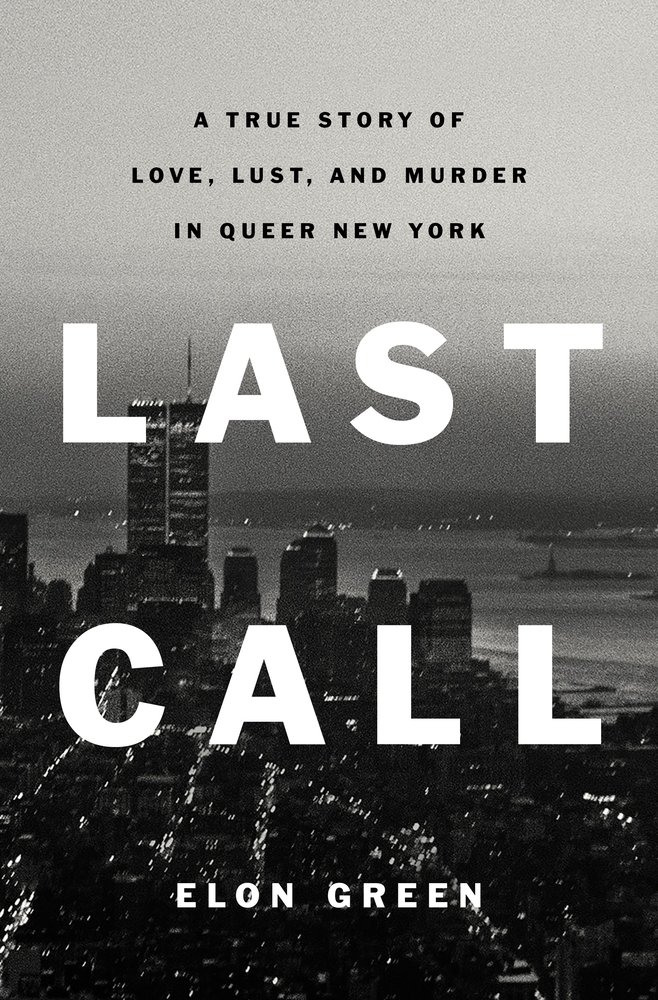
Elon Green, Last Call: A True Story of Love, Lust, and Queer New York
(Celadon)
Elon Green’s Last Call is the most recent addition to a new wave of true crime exposing horrific violence committed against the GLBTQ community, the institutional indifference that allowed these crimes to continue, and the community activists who made sure these crimes got solved. Last Call follows activists and investigators as they attempt to track down a killer whose skillful dismemberment of his victims points to a medical background. Each victim had a complicated relationship with their identity, and each had been lured to their death by a charming predator based in a discreet piano bar. Elon Green paints a disturbing portrait of a decade—the 1990s—in which a community devastated by a plague simultaneously experienced a rise in hate crimes justified by the “gay panic” defense, and faced a scattershot police response to safety concerns. –Molly Odintz, CrimeReads Senior Editor

Audrey Clare Farley, The Unfit Heiress: The Tragic Life and Scandalous Sterilization of Ann Cooper Hewitt
(Grand Central Publishing)
In 1934, socialite Maryon Cooper Hewitt concocted what has to be one of the more insidious schemes of the century, having her own daughter declared “feeble-minded” and sterilized without her consent or knowledge, all justified with reference to her supposedly wild sexuality, and designed to disinherit her from her father’s will, which included a clause that required childbearing for women to inherit. In her new book, The Unfit Heiress, Audrey Clare Farley untangles this dark and complex chapter of American history and shines a light on official and medical complicity in a horrifying system. Her book is exceedingly well-researched yet reads with the momentum of a thriller. –Dwyer Murphy, CrimeReads Editor-in-Chief
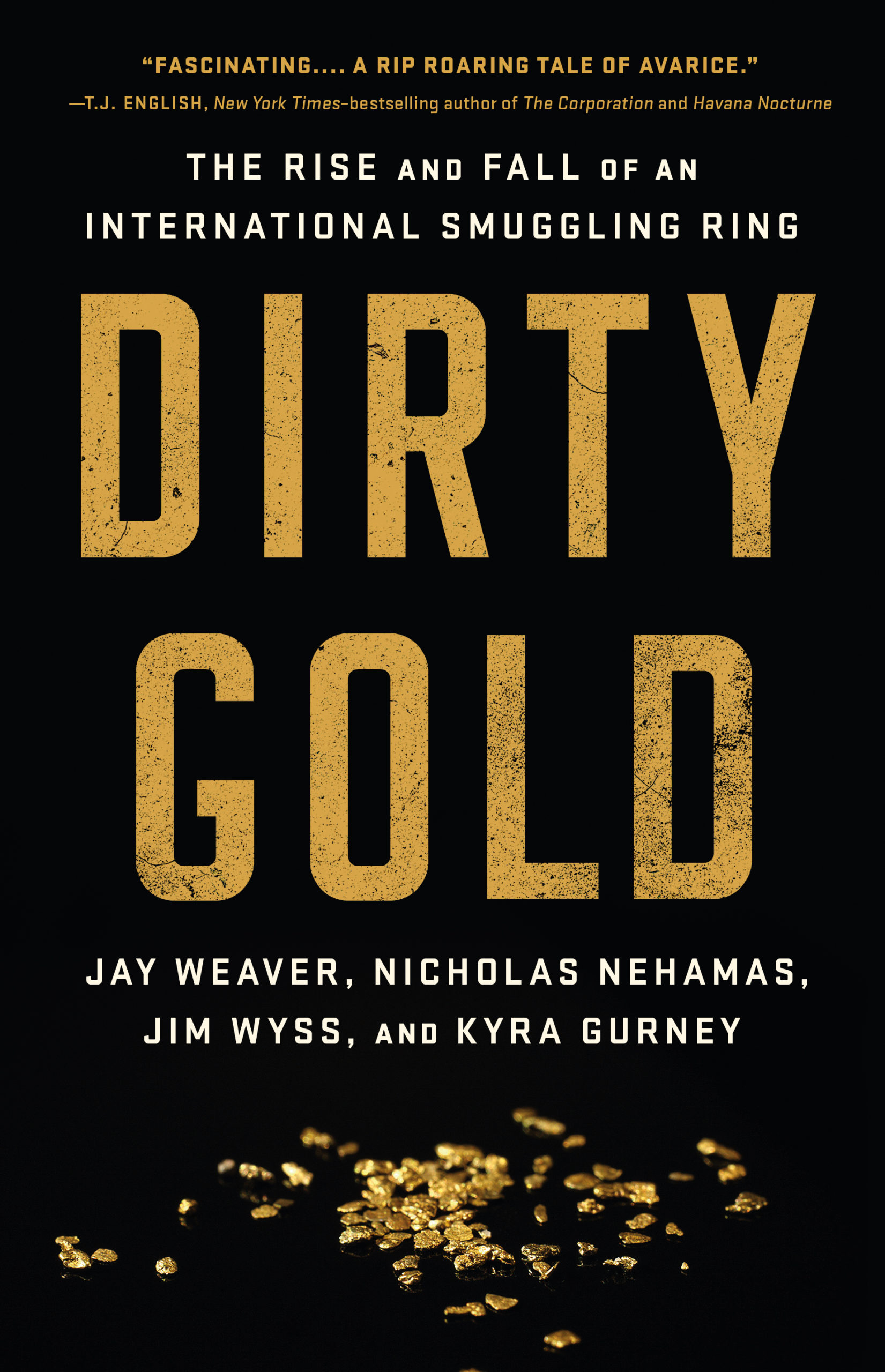
Jay Weaver, Nicholas Nehamas, Jim Wyss, and Kyra Gurney, Dirty Gold: The Rise and Fall of an International Smuggling Ring
(PublicAffairs)
Dirty Gold is an eye-opening, compulsively readable investigation into the world of illegally-mined gold and the business networks that prop that system up. From a team of Miami Herald reporters who first exposed the South Florida businessmen trafficking in gold taken out of illicit Peruvian operations, this book will change the way you look at the precious metal, which fuels an underworld trade more lucrative than cocaine, with devastating humanitarian consequences that will run a shudder down your spine. This is journalism and crime writing at its very best and most essential. –DM
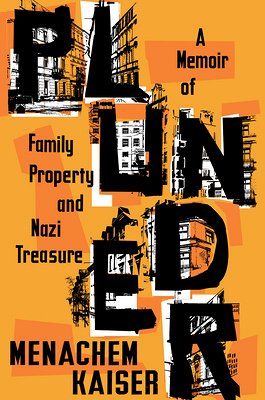
Menachem Kaiser, Plunder: A Memoir of Family Property and Nazi Treasure (HMH)
Why yes, I did bring this along as a conversational piece for a date recently, and it was indeed as Jewish a date as one could hope for (next to, say, watching all ten hours of Claude Lanzmann’s Shoah, but that’s more of a third date activity). Menachem Kaiser’s Plunder chronicles the author’s quixotic attempts to recover his grandfather’s stolen property through the Byzantine Polish legal system, as well as taking bizarre and fascinating detour into the shadowy world of Polish treasure hunters and their caves full of Nazi memorabilia. Kaiser has written about being part of the third generation of Holocaust memoirists, the grandchildren of survivors making a pilgrimage back to the motherland, and the discomfort of writing about such tragedies in the context of an unquenchable American thirst for Holocaust stories. –MO
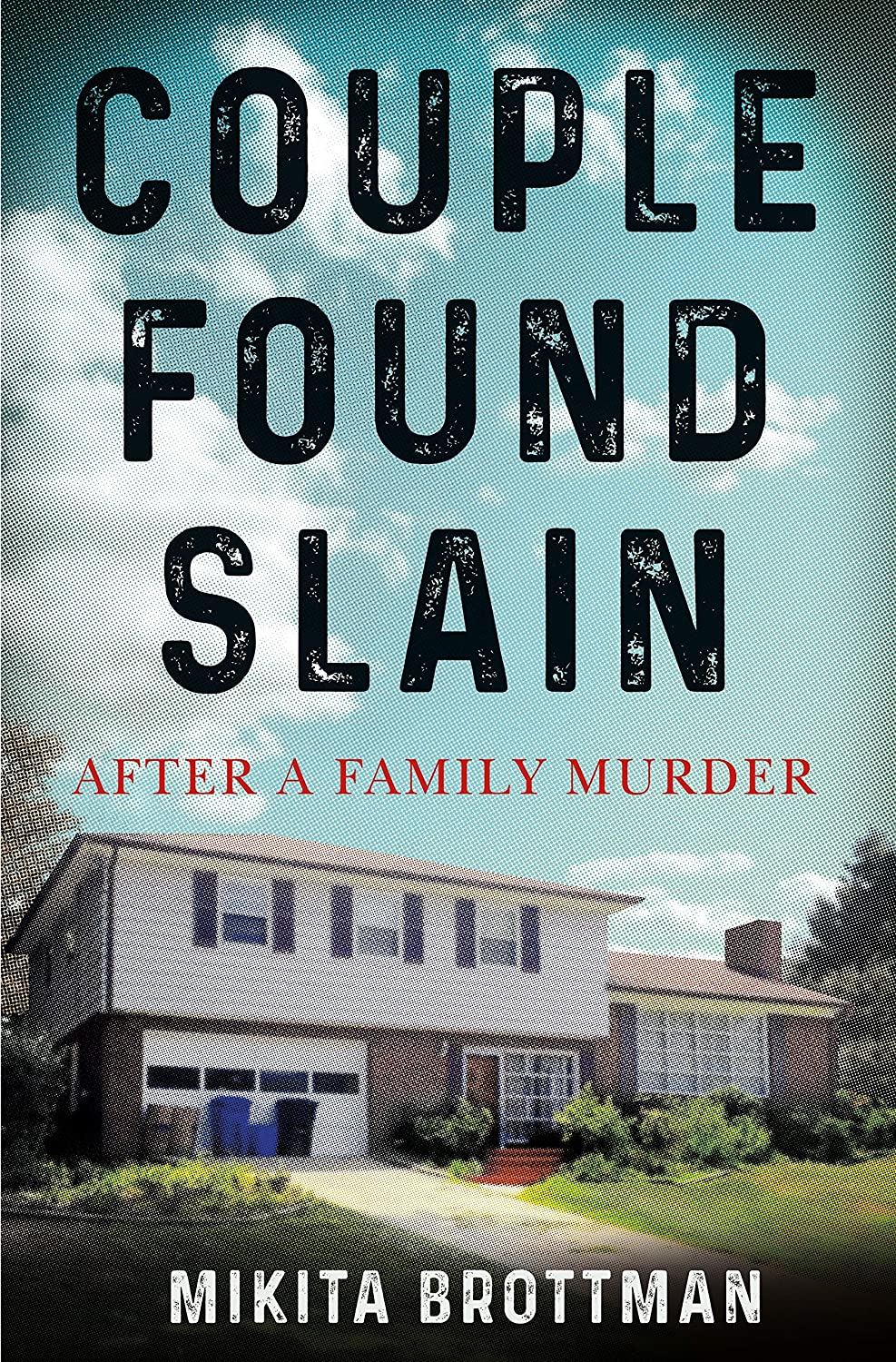
Mikita Brottman, Couple Found Slain: After a Family Murder
(Henry Holt and Co)
In Couple Found Slain, Mikita Brottman follows the decades-long institutionalization of Brian Bechtold, convicted as a youth for the double murder of his parents during a schizophrenic episode, in a book that reads as the nonfiction version of One Flew Over The Cuckoo’s Nest. Bechtold and the authorities tell the same story when it comes to Brian’s early life and crimes, but in his long afterlife in a maximum security state psychiatric hospital, the narratives diverge considerably, as Brian resists high levels of medication, citing his own stability, and doctors view that resistance as further proof of Brian’s continuing need for high doses of medication. Interludes include the complete mental breakdown of one of the institution’s few resident physicians after he is suspected of experimenting on his patients without their consent. –MO
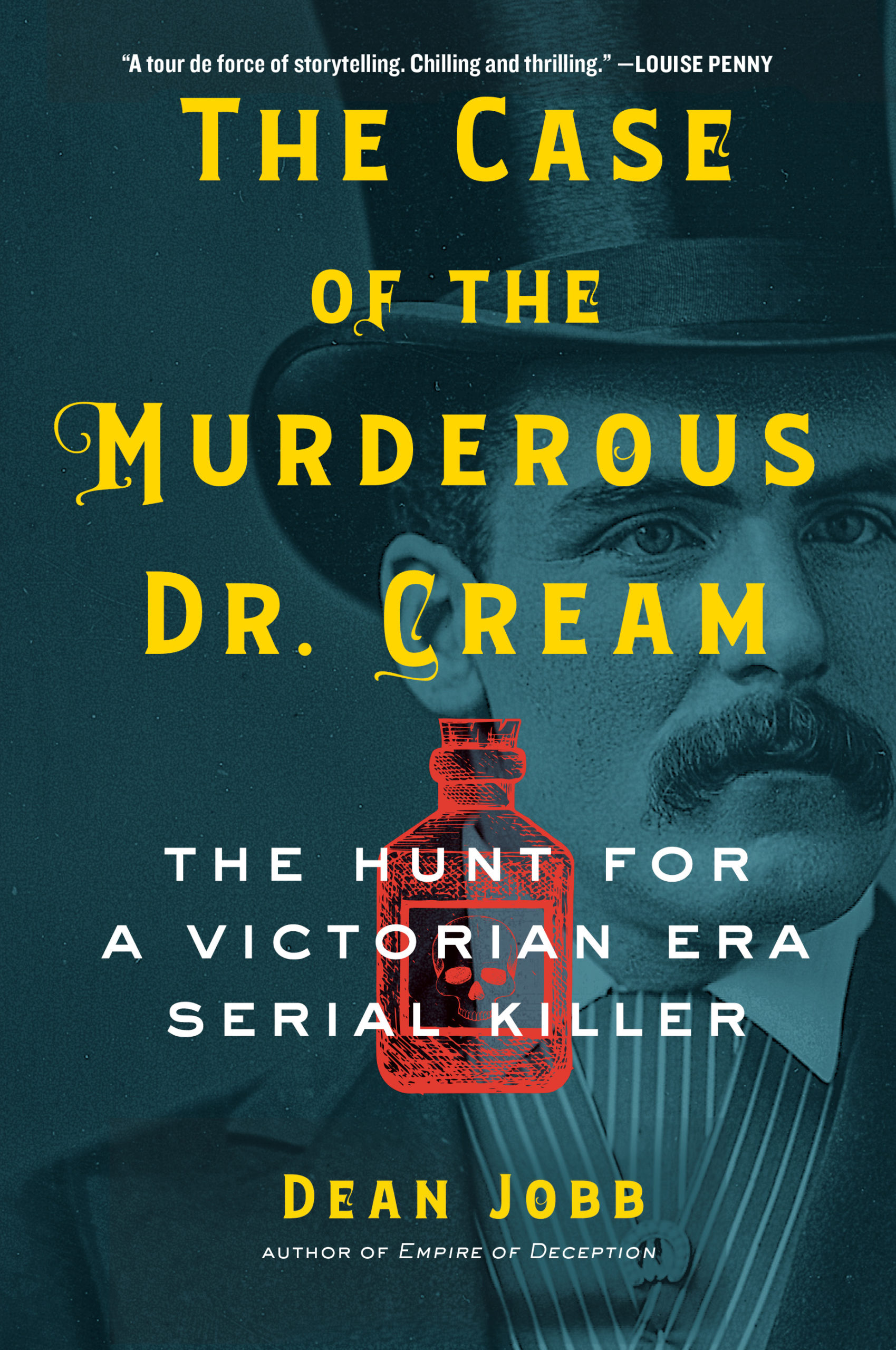
Dean Jobb, The Case of the Murderous Dr. Cream: The Hunt for a Victorian Era Serial Killer
(Algonquin)
In Dean Jobb’s latest historical crime study, he takes on corruption, incompetence, and scientific advance in Victorian society, told through the lens of a chilling and fascinating story, the trial of one Dr. Thomas Neill Cream. Cream preyed upon Victorian ladies with mysterious illnesses and left a trail of poisoned patients in his wake, making him one of the era’s deadliest serial killers. Jobb’s narrative is built around his 1891 trial in London, but with a deft touch he takes on big ideas about the medical profession, forensics, and the tearing of the social fabric. Jobb’s true crime stories are not to be missed. –DM
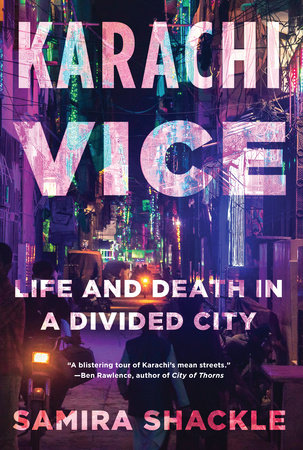
Samira Shackle, Karachi Vice: Life and Death in a Divided City
(Melville House)
Samira Shackle’s portrait of Karachi’s criminal underworld is great true crime writing—and so much more, as Shackle uses crime as a lens to capture the complexities of an entire city. Karachi Vice heralds the arrival of a powerful new voice in narrative nonfiction, while providing a fascinating insider’s guide to Karachi’s divisions and eccentricities, taking us through the day-to-day existence of an ambulance driver, a crime journalist, an activist, and many more. –MO
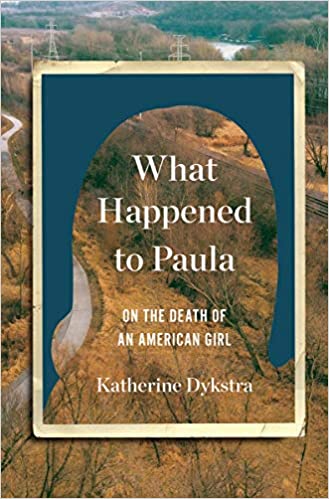
Katherine Dykstra, What Happened to Paula: On the Death of an American Girl
(Norton)
In 1970, 18-year-old Paula Oberbroeckling left her home in Cedar Rapids, Iowa, never to return. Her body was found months later, and the case has yet to be solved. Rather than simply trying to piece together a perpetrator from the facts of the case, Katherine Dykstra takes a different, more thoughtful, approach to Paula’s story, examining how stifling community standards, antagonism against interracial relationships, and assumptions about “bad girls” worked in tandem to condemn Paula and bury her story. –MO
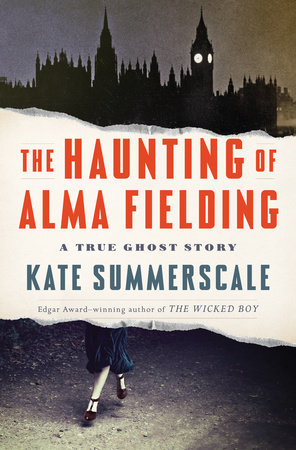
Kate Summerscale, The Haunting of Alma Fielding: A True Ghost Story
(Penguin Books)
While the poltergeist has traditionally been seen as the purview of repressed female adolescence, Kate Summerscale’s fascinating deep dive into a haunting has a young housewife with a disabled veteran husband at the center of it. In 1938, Alma Fielding turned to experts for help in containing a chaotic presence in her home. These experts tried their hardest to both believe her and to debunk her, for a story that captures the uneasy relationship between belief and critical thinking still creating dissonance to this day. Summerscale’s prose is as lively and engaging as ever, and her research and synthesis skills remain unmatched in the world of historical true crime. –MO
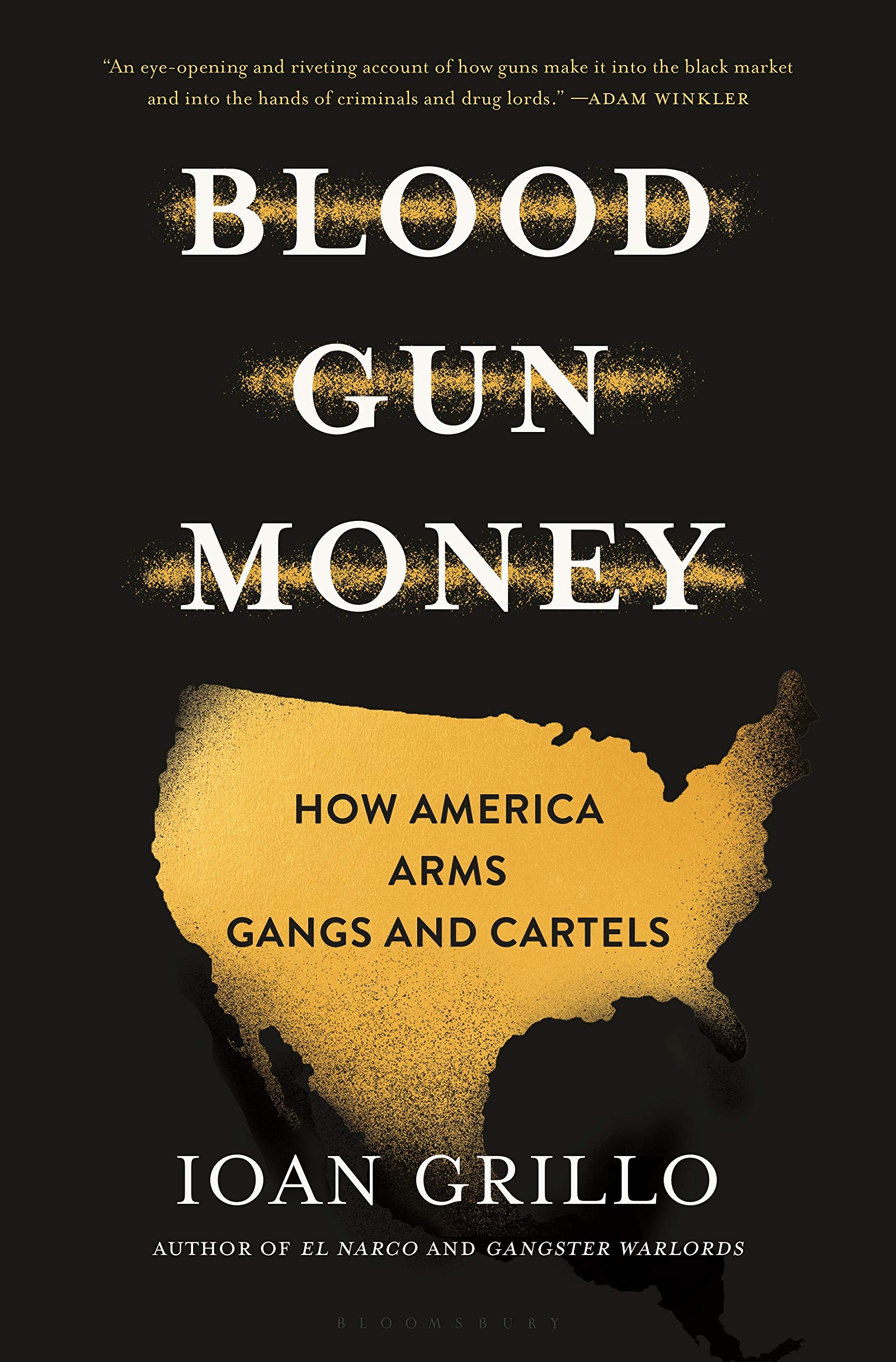
Ioan Grillo, Blood Gun Money: How America Arms Gangs and Cartels (Bloomsbury)
Grillo’s dark odyssey through the world of American guns is an unsettling journey. In the course of his investigations, he studies manufacturers, enthusiasts, lobbyists, radicals, dealers, and more, emerging with a nuanced view of just exactly how the US has made itself into a bastion of guns that it then trades for drugs, fueling violence across North and South America and leading to ever more blood (and more guns) on its streets. It’s a vision of a modern society beholden to corrupt politicians and lobbyists who refuse to acknowledge any responsibility for the deaths and hide behind a constructed mythos of Second Amendment rights. Grillo makes a convincing case for legislative reform, but he also provides readers with on-the-ground insight into the far corners of the gun trade and its illicit shadow worlds. The result is an impactful book that will drive readers forward to the desperate conclusion. –DM
___________________________________
NOTABLE SELECTIONS
___________________________________
Sam Kean, The Icepick Surgeon: Murder, Fraud, Sabotage, Piracy, and Other Dastardly Deeds Perpetrated in the Name of Science (Little Brown) · Blaine Harden, Murder at the Mission: A Frontier Killing, Its Legacy of Lies, and the Taking of the American West (Viking) · Sonia Faleiro, The Good Girls: An Ordinary Killing (Grove) · Benjamin T. Smith, The Dope: The Real History of the Mexican Drug Trade (Norton) · David Domine, A Dark Room in Glitter Ball City: Murder, Secrets, and Scandal in Old Louisville (Pegasus Crime) · Liz Brown, Twilight Man: Love and Ruin in the Shadows of Hollywood and the Clark Empire (Penguin Books) · Russell Shorto, Smalltime: A Story of My Family and the Mob (Norton) · Faith Jones, Sex Cult Nun: Breaking Away from the Children of God, a Wild, Radical Religious Cult (William Morrow) · Tori Telfer, Confident Women: Swindlers, Grifters, and Shapeshifters of the Female Persuasion (Harper Perennial) · Joshua Melville, American Time Bomb: Attica, Sam Melville, and a Son’s Search for Answers (Chicago Review Press) · Alex Tresniowski, The Rope: A True Story of Murder, Heroism, and the Dawn of the NAACP (37 Ink) · Mary Roach, Fuzz: When Nature Breaks the Law (W.W. Norton and Co.) · Kevin Birmingham, The Sinner and the Saint: Dostoevsky and the Gentleman Murderer Who Inspired a Masterpiece (Penguin Press) · Keith Roysdon and Douglas Walker, The Westside Park Murders: Muncie’s Most Notorious Cold Case (The History Press) · Sam Quinones, The Least of Us: True Tales of America and Hope in the Time of Fentanyl and Meth (Bloomsbury) · Julie Kavanagh, The Irish Assassins: Conspiracy, Revenge and the Phoenix Park Murders That Stunned Victorian England (Atlantic Monthly Press) · Margalit Fox, The Confidence Men: How Two Prisoners of War Engineered the Most Remarkable Escape in History (Random House) · Justin Fenton, We Own This City: A True Story of Crime, Cops, and Corruption (Random House) · Edward J. Renehan, Jr., Deliberate Evil: Nathaniel Hawthorne, Daniel Webster, and the 1830 Murder of a Salem Slave Trader (Chicago Review Press)

















